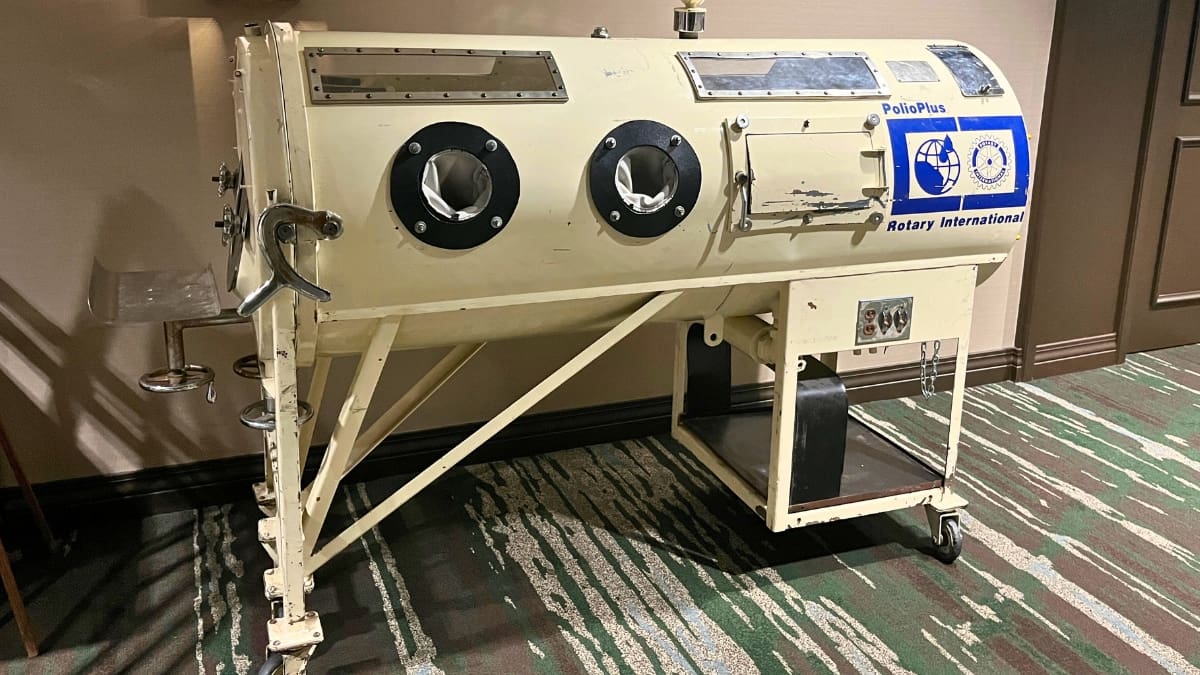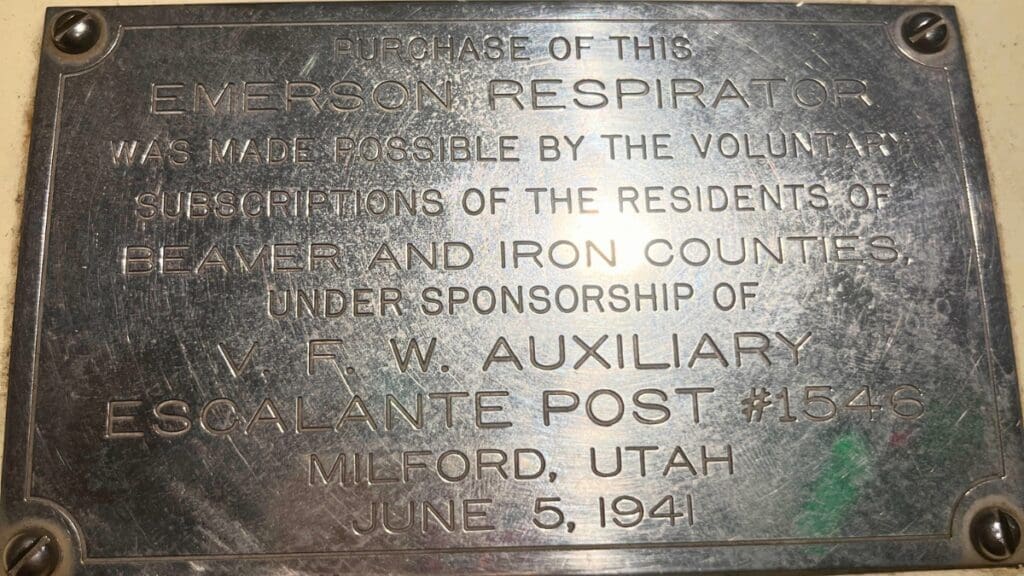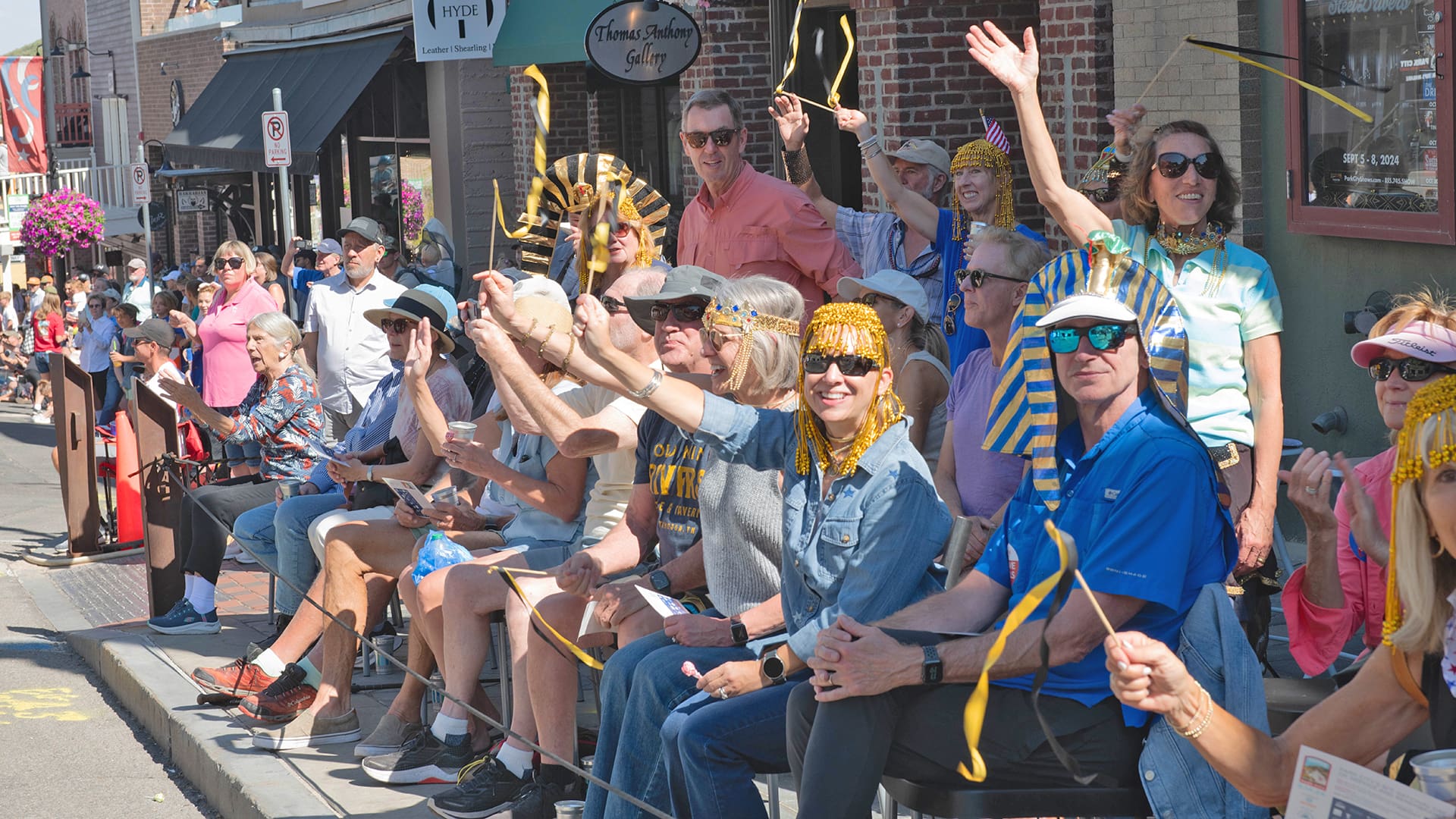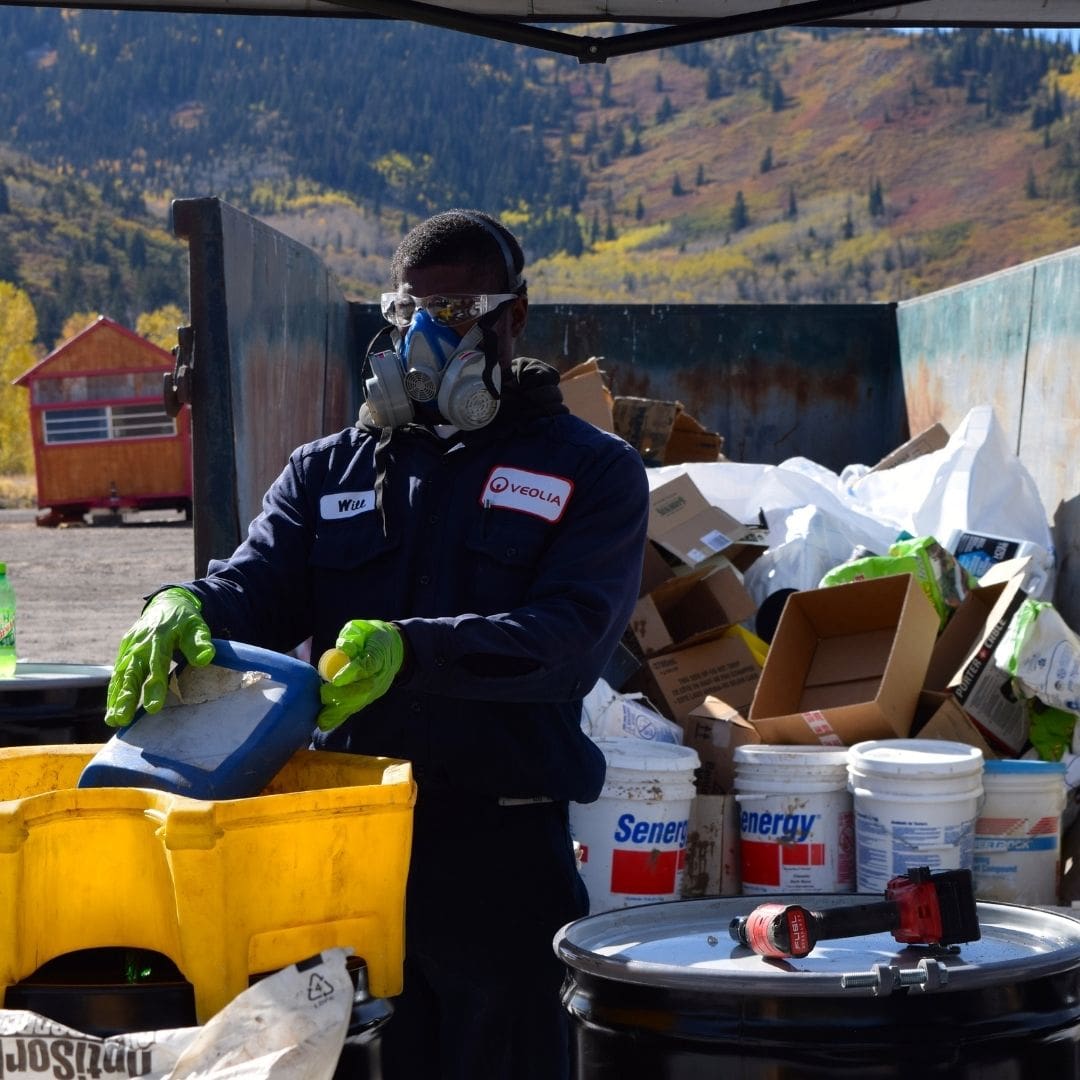Health
Park City Rotary brings polio history to life with traveling iron lung relic

Iron Lung machine on display at Double Tree Hotel in Park City during the Oct. 15 Rotary Club meeting. Photo: TownLift
PARK CITY, Utah — In anticipation of World Polio Day on October 24, a Rotary Club iron lung has been making a tour through Park City, offering stark reminders of the polio era. The tour is part of Rotary’s ongoing campaign to educate the public about the history of polio and efforts to eradicate the disease worldwide.
Dr. John Hanrahan, past District Governor of Rotary District 5420, spoke at the Oct. 15 Park City Rotary Club meeting about the history and current state of polio eradication efforts and Rotary International’s role in the movement.
“The US had its worst polio epidemic in 1952,” Hanrahan said. “That led to Jonas Salk creating the first polio vaccine in 1955.”
Film: National Archives, Papers of Drew Pearson, 1915 – 1969
Key milestones in the fight against polio:
- Albert Sabin developed the oral polio vaccine in 1961.
- Polio was eradicated in the United States in 1979.
- In 1985, Rotary International launched its Polio Plus campaign, becoming the first organization to aim for global polio eradication.
- The Global Polio Eradication Initiative was formed in 1988, comprising the World Health Organization, Rotary International, CDC, the Gates Foundation, UNICEF, and more recently, the GAVI Vaccine Alliance.
When the initiative began, there were 350,000 cases of paralyzing polio in 125 countries. Now, the numbers have drastically reduced.
“Right now, there are 50 cases, year to date, of wild polio in the world,” Hanrahan reported. “Last year, there were 12. In 2021, there were six.”
Hanrahan also discussed recent developments, including a new oral vaccine and vaccination efforts in conflict zones.
“There’s a new oral vaccine that’s been developed over the last decade, the novel oral poliovirus vaccine,” he said. “That essentially is a much more stable vaccine, and the virus does not mutate in the environment and cause as many cases of polio.”
However, Hanrahan highlighted a complex aspect of the vaccination process. “Basically what happens is, if you’re in a refugee camp or in a war torn area like Gaza, polio gets into the environment, into the sewage system. It’s a fecal oral route, and if you’re not vaccinated, you’re going to get it from someone else having been vaccinated and putting it into the environment.”
This phenomenon explains recent cases of vaccine-derived polio. “We’ve had two cases since of vaccine derived polio. One was in 2022 in Rockland County, New York,” Hanrahan noted. The patient was a young adult male who was unvaccinated.
He highlighted recent vaccination efforts in Gaza, where a ceasefire allowed for the vaccination of about 560,000 children, more than 90% of the target population.
Hanrahan noted that wild poliovirus is now only found in Pakistan and Afghanistan, accounting for the 50 cases this year.
The iron lung on display serves as a distinct reminder of polio’s impact. Hanrahan mentioned that only one person in the United States, Martha Lillard, age 76, still regularly uses an iron lung, though she can leave it for periods each day.
Rotary continues to play a crucial role in the fight against polio. Hanrahan praised the local club’s efforts, saying, “Last year, this club was the leading club in donations in Utah, in our district to end polio, to the Polio Plus Foundation.”
As the iron lung makes its way through Utah, Rotary hopes to educate new generations about the importance of vaccination and the ongoing fight to eradicate polio globally.





















